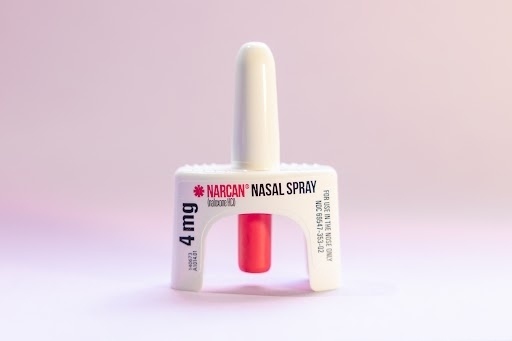Travis County leaders have been working toward providing the community with Narcan since May, when drug overdoses were declared a public health crisis.
The 802 boxes of Narcan—each containing two doses—will be delivered to seven nonprofits that have signed agreements with the county and received training on how to administer Narcan from Austin-Travis County Emergency Medical Services.
The participating nonprofits are Communities for Recovery, Safe Haven, Sunrise, The Other One’s Foundation, Texas Harm Reduction Alliance, Trinity Center of Austin and Urban Alchemy.
This marks the first of five Narcan hauls that will be ordered over the next year and cost a total of $175,000.
Travis County also expressed interest in applying for a five-year grant that would fund a mobile drug treatment clinic. The grant would give the county a maximum $3.2 million to distribute addiction treatment—such as methadone—and give medical screenings and counseling services.
The grant application is due April 30, and if awarded, would run from September 2023-September 2028.
Travis County leaders have also been working closely with people affected by the opioid crisis to better understand what information needs to be spread to the public.
Over the past several months, Travis County staff, Central Health and Austin Public Health held listening sessions with people who use drugs, teens and parents of teens.
During those conversations, staff were asked to inform the public on how to identify the signs of an overdose, what to do when faced with someone with an overdose, and how to use Narcan, said Hector Nieto, Travis County public information officer.
Staff are now designing push cards with that information, as well as cards with resources for people who use drugs, Nieto said.
“We want to make certain we inform the public that there is hope, there is light at the end of the tunnel and there are resources available for them to better themselves,” Nieto said.





